The German Expressionists broke up into two groups – The Blue Rider, and The Bridge – which was pre-World War I, though some continued on between the Wars.

Autumn Study in Oberau – Kandinsky
THE BLUE RIDER – Munich – 1911 – 1914
This was the Abstract group – non-figurative, non-object, non-representational works – with Modernism as its doctrine. They were not looking at optical reality (like the Impressionists), or at a structural or symbolic reality (like the Post-Impressionists), but were highly interested in colour (like the Fauves). But here their pursuit of the abstract was through looking for their inner spiritual vision. They brought about a whole new system of approaching art – one which showed their Germanism. A philosopher, Hermann Obrist, explained the psychic affects and the power of abstract forms and colour, and followed it through with their affects on people. Also this was the time of Einstein’s theories, and other scientific discoveries, which also had an affect on the artists.
Some members of the Blue Rider were Kandinsky, Klee, Marc, and Von Jawlensky. They declared an independence from all boundaries, in order to create an imaginary artistic arena, with a whole new artistic language. An inner vision onto canvas without relating to nature. They created a new tradition, made up new rules, pure abstraction as an escape, with art relating to form – not to the real world or nature.
They were influenced by Impressionism, music, folk art, colour, and Medieval icons. They were aware of cubic ideas of picture space, with the many influences of old, new and contemporary art. Their works were highly colourful, and they played with colour and its link to music.


Blue Mountains – Kandinsky – Composition VIII
Wassily Kandinsky, one of the greatest abstract expressionists, was the discoverer of non-figurative abstraction. He progressed from very real landscapes, to Fauvism, to figurative improvisations (BLUE MOUNTAINS), to non-representative abstraction, and non-geometric abstraction. He worked with a furious use of line, and a vehement use of colour. He wrote a detailed theory of colour as it was related to music.


Tale a la Hoffmann – Klee – Early and Late Years 1894-1940
Paul Klee, who taught at the Baahaus, created works of perspective fantasies, and allegories, with a sense of underlying geometry – very childlike innocent works, joyful, trusting, simplistic, harmonious, spiritual. He worked in many media – pencil, oil, etching, water colour, gouache, brush and pen, both painting and drawing. He was influenced by Abstract Expressionists, German Expressionists, Dadaists, and Surrealists.


Blue Horse – Marc – Pigs
Franz Marc made a symbolic use of animals in his works, also looking at his works through a prism, and painting the resultant break-up of the colours. He was more in tune with nature than with man. His gentle and emotional abstractions reflected man, God and nature. He was affected by Van Gogh’s work, and use of swirling colour. Nature could be used for expressing his soul, and that symbolic use of colour could further his aim. His parcels of colour never decorate, and were not arbitrary, but based on a symbolic code – blue is the male principle, severe and spiritual; yellow is the female principle, gentle, cheerful and sensual; and red is matter, brutal and heavy. This relates to how colour affects us emotionally.



Portrait of Andreas – Von Jawlensky – Mystical Head
Alexi Von Jawlensky never got into total abstract expressionism. He began to summarise his paintings – Schematizations. He was influenced by the Fauves, but reduced images and faces – removing the details. He was not a ‘member’ of the Blue Rider group.

Summer in Davos – Kirchner
THE BRIDGE – Dresden – 1906-1913
This was the Figurative group – they wanted to bridge the ideas from the past to the future. They were very proud of the German origin of their art. They established a new aesthetic, linking past to present, learning from great artists, transposing from the past to modern media. They linked academic heritage and traditions to modern art. They ignored the fact that introspective realism didn’t exist in Medieval art due to a lack of understanding of perspective in those times. They actually created new symbols in art – a new style.
They were founded by Ernst Kirchner, Emil Nolde and Karl Schmidt-Rottluff, who were influenced by Oriental and primitive art, Van Gogh, Gauguin, and colour in African art. They looked for symbolic content, expressed personal ideas, also influenced by the Fauves and Impressionists, by Ensor and Munch. But they wanted to remove the French influence and Cubism from their art – to extol the German in their art. [I feel that they reflected the mood of their country at that time.]
But these influences show in their work – we can see the expressive use of colour and broad flat areas of colour, distortions, unreal perspective. The Bridge artists knew how to do these things correctly, but they wanted freedom of expression, with no fixed rules. It was a paradox. They bridged everything going on in art throughout Europe. They liked the idea of symbolism, and were interested in human rather than artistic ideas. They were social critics showing moralistic reality, by the use of evocative and emotional themes. They were influenced by the writings of Nietzsche – of the superman or woman with the doctrine of ruthless will to power.


Female Artist – Kirchner – Street Scene
Ernst Kirchner was the founder of Figurative Expressionism called The Bridge. He was an architectural student, interested in Graphic Art. he did many woodblocks. In his paintings he used the Fauves colour, more in an unreal manner rather than for mood. He searched for underlying values in what he painted in subject matter. He used arbitrary colour to get beyond the identification of subject. He was interested in primitive carvings, Japanese prints, and Medieval stained glass windows. There is a sense of agitation in his works, angularity of lines, to show the stress in industrial society – a passing of old traditions and morality, an approach to war. The agitation and violence of his art reflects his era.
,_oil_on_canvas,_87_x_117_cm,_Stiftung_Nolde,_Seeb%C3%BCll.jpg)

The Burial (oil) – Nolde – Lake Lucerne (watercolour)
Emil Nolde was looking for something under the surface – sought emotional reality behind appearances – bridging the soul of man to life. His works appear to be very violent, with distorted forms, clashing colours, and textural in his oils. In his watercolours he used mild peaceful themes – reflecting Matisse and Ensor. He had an instinct for colour.


Cats (woodcut) – Schmidt-Rottluff – Corner of a Park
Karl Schmidt-Rottluff used simple angular forms, lines, similar to primitive art, with a bold use of colour. He had a brutal style of line in his woodcuts, and his paintings showed a bold use of primary colours.
NB: If you choose to quote from this blog please cite its URL in your Bibliogrpahy.
Jud House 16/09/2016
. . . . .





















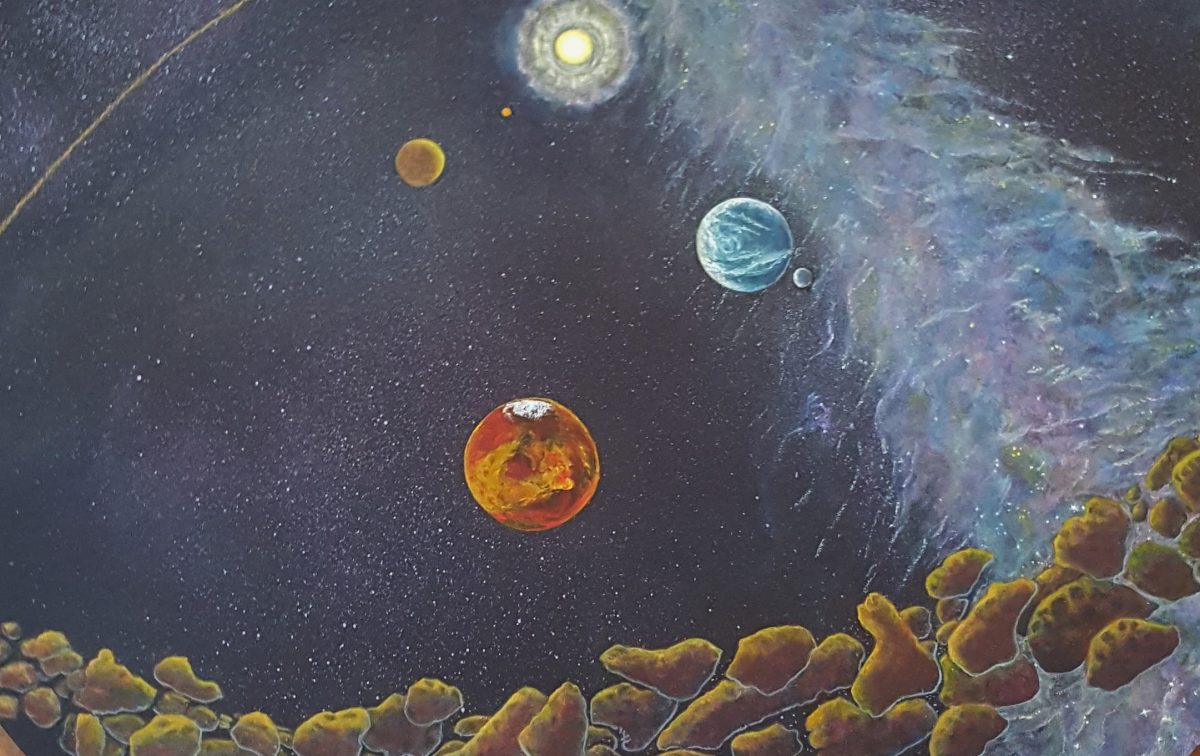

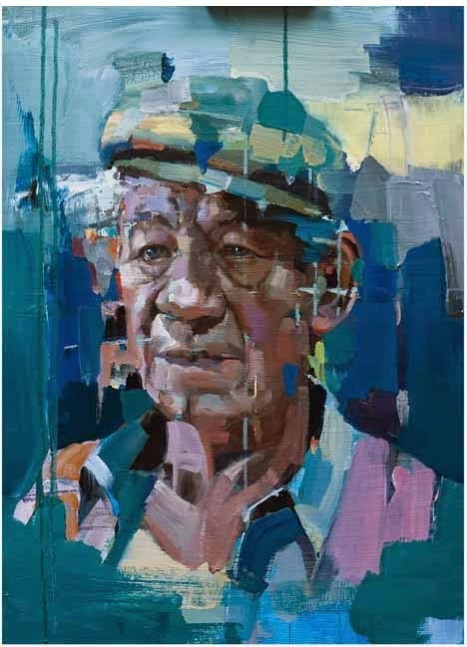
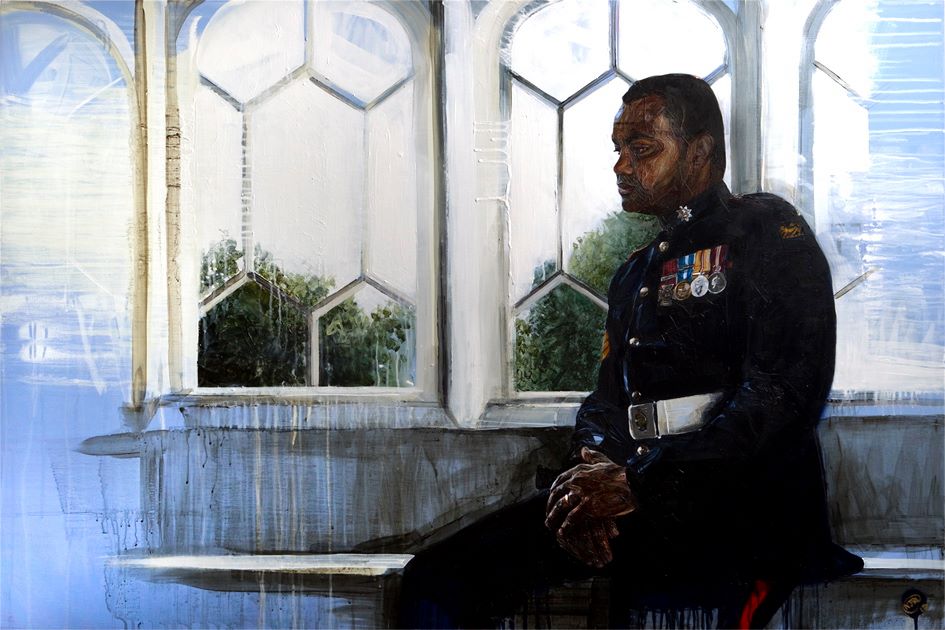


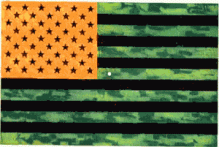






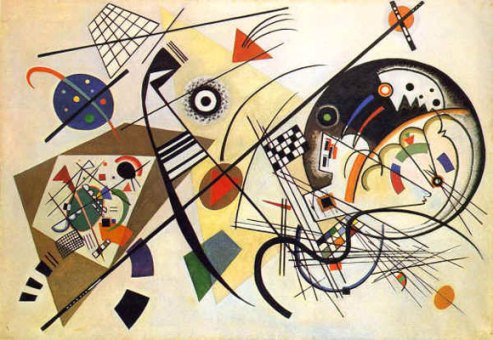
 The Key – Pollock
The Key – Pollock







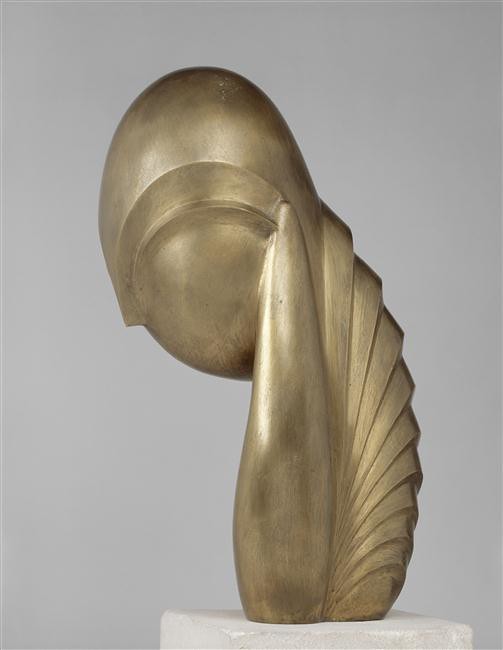

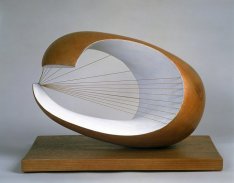






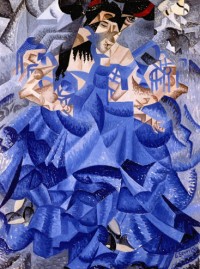

,_Albright-Knox_Art_Gallery.jpg)


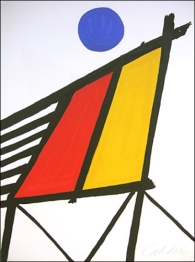















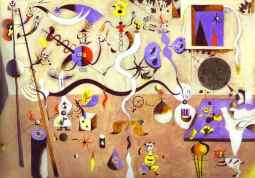



,_oil_on_canvas,_70_x_99_cm,_Gemeentemuseum_Den_Haag.jpg)
,_oil_on_canvas,_79.7_x_109.1_cm,_Gemeentemuseum_Den_Haag,_Netherlands.jpg)




































,_oil_on_canvas,_87_x_117_cm,_Stiftung_Nolde,_Seeb%C3%BCll.jpg)


